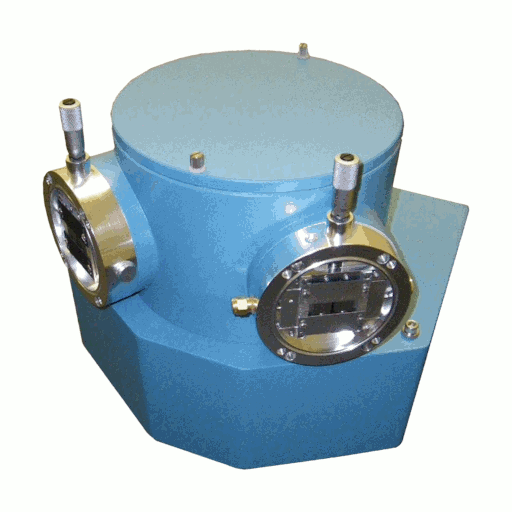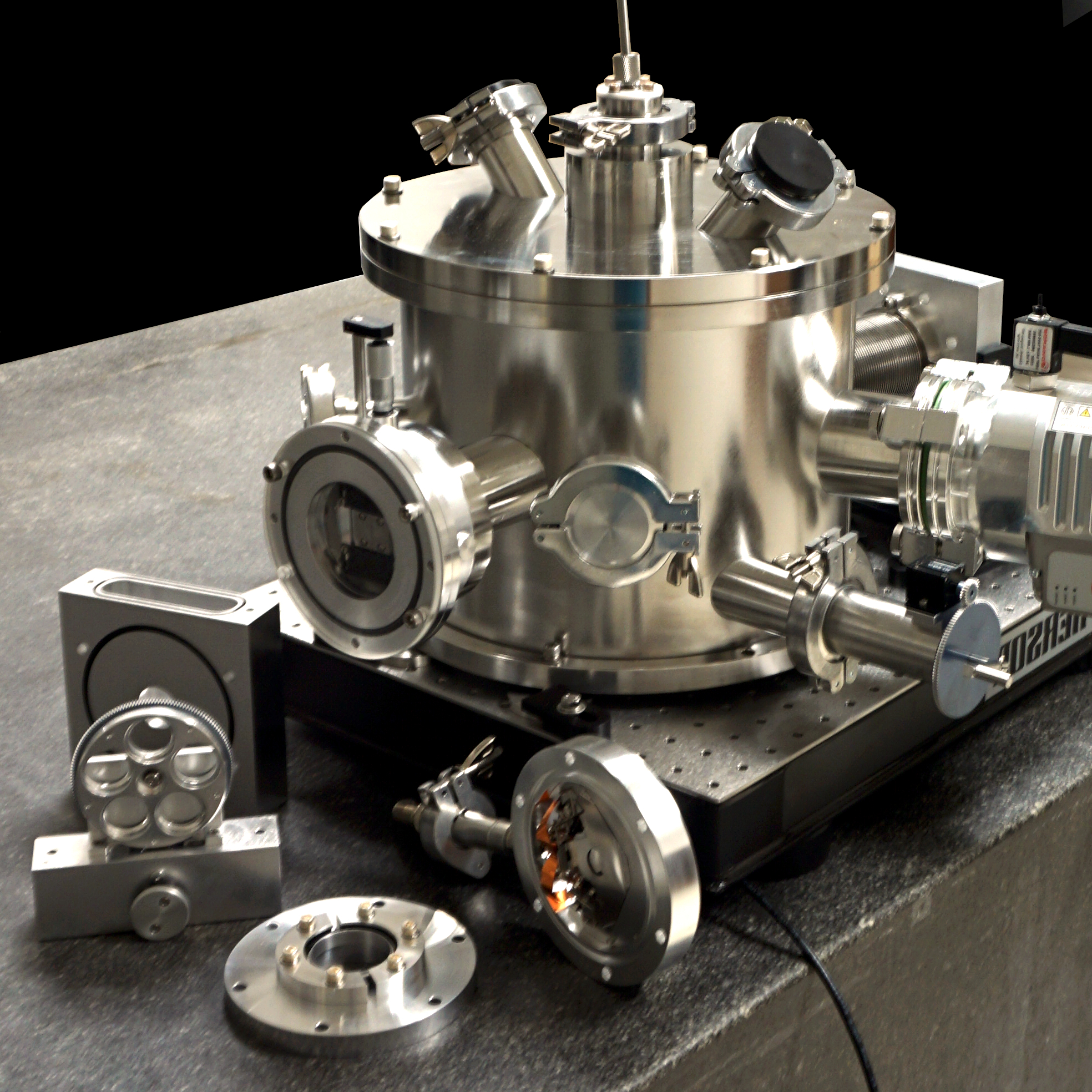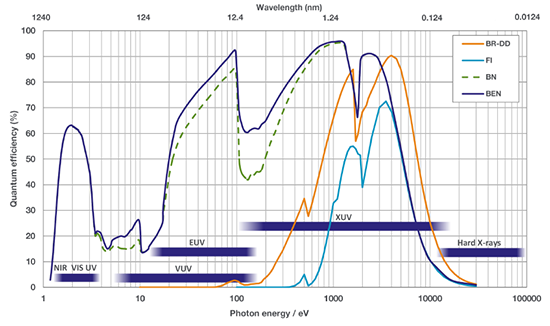Happy October! Autumn is flexing. Leaves in this area are a bright colorful display. Halloween is right around the corner. Boo! It too will be different this year. Check local advice where you live and work. Stay safe!
 Are you working in the deep UV? Perhaps refining germicidal lamps, optimizing optical coatings, or even studying plasmas? The 234/302 spectrometer from McPherson helps get the job done. It works from 30~1100 nanometers, scanning or with CCD. Exclusive aberration corrected gratings improve performance too. Filter wheels, light sources, detectors, and beam delivery optics are available to simplify integration with your experiment.
Are you working in the deep UV? Perhaps refining germicidal lamps, optimizing optical coatings, or even studying plasmas? The 234/302 spectrometer from McPherson helps get the job done. It works from 30~1100 nanometers, scanning or with CCD. Exclusive aberration corrected gratings improve performance too. Filter wheels, light sources, detectors, and beam delivery optics are available to simplify integration with your experiment.
![]() Got short wavelengths? Check out this vacuum UV silicon photodiode. This detector works from 2~1200 eV. It is available alone, or packaged in a housing that fits NW40K vacuum flanges. Signal starved? Two types of amplifiers are available, one designed for outside, the other safe for use inside a vacuum chamber. Absolute radiometric calibration is available, inquire.
Got short wavelengths? Check out this vacuum UV silicon photodiode. This detector works from 2~1200 eV. It is available alone, or packaged in a housing that fits NW40K vacuum flanges. Signal starved? Two types of amplifiers are available, one designed for outside, the other safe for use inside a vacuum chamber. Absolute radiometric calibration is available, inquire.
...Witches Are Trying To Figure Out Whose Spell Gave Trump COVID-19...
 NEW! Aberration-corrected flat-field diffraction grating for 50~200 nanometers now available! This 120 g/mm grating fits the popular 251MX spectrometer from McPherson. It helps span atmospheric to the Extreme-UV! This optical design is best for microchannel plate intensifiers or direct detection CCD array detectors. The aberration correction provides straight spectral lines for best spectral resolution. 2400, 1200, 300 and 120 g/mm available now.
NEW! Aberration-corrected flat-field diffraction grating for 50~200 nanometers now available! This 120 g/mm grating fits the popular 251MX spectrometer from McPherson. It helps span atmospheric to the Extreme-UV! This optical design is best for microchannel plate intensifiers or direct detection CCD array detectors. The aberration correction provides straight spectral lines for best spectral resolution. 2400, 1200, 300 and 120 g/mm available now.
 Improved sensitivity around 10 eV with the latest direct-detection BEN type CCD sensors. Uncoated back-illuminated deep-depletion sensors now allow higher energy photons to pass into the active silicon to be absorbed, providing higher QE than previous BN types.
Improved sensitivity around 10 eV with the latest direct-detection BEN type CCD sensors. Uncoated back-illuminated deep-depletion sensors now allow higher energy photons to pass into the active silicon to be absorbed, providing higher QE than previous BN types.
Please get in touch to discuss your experimental goals.